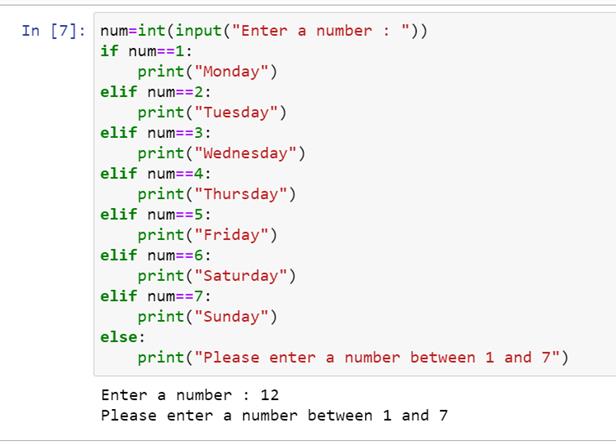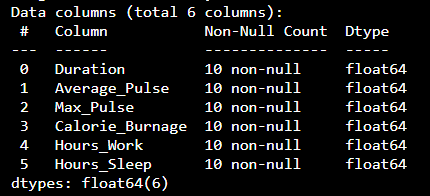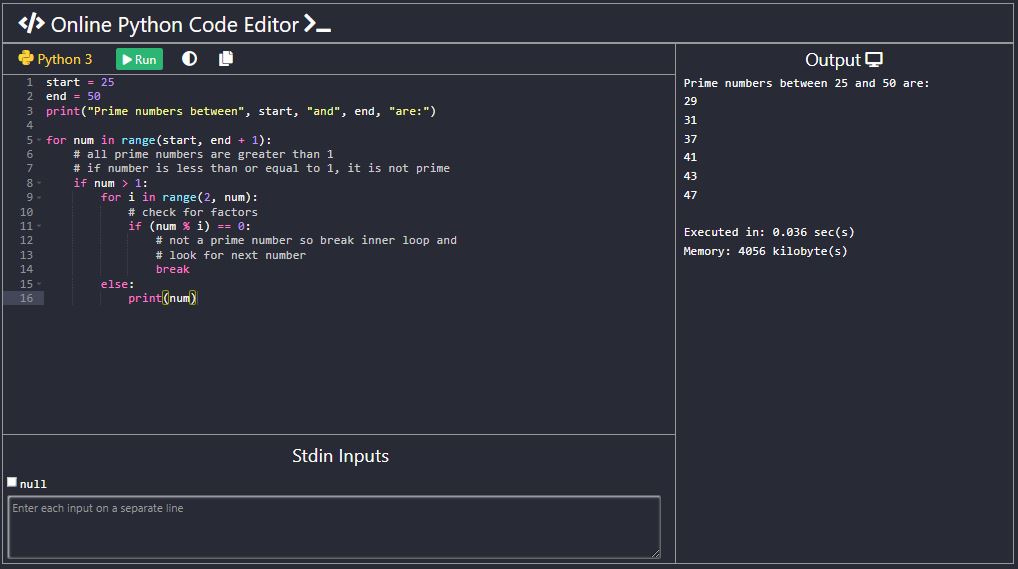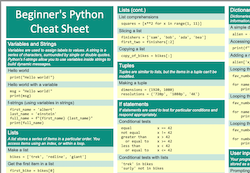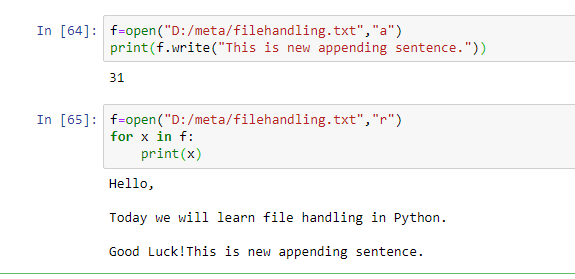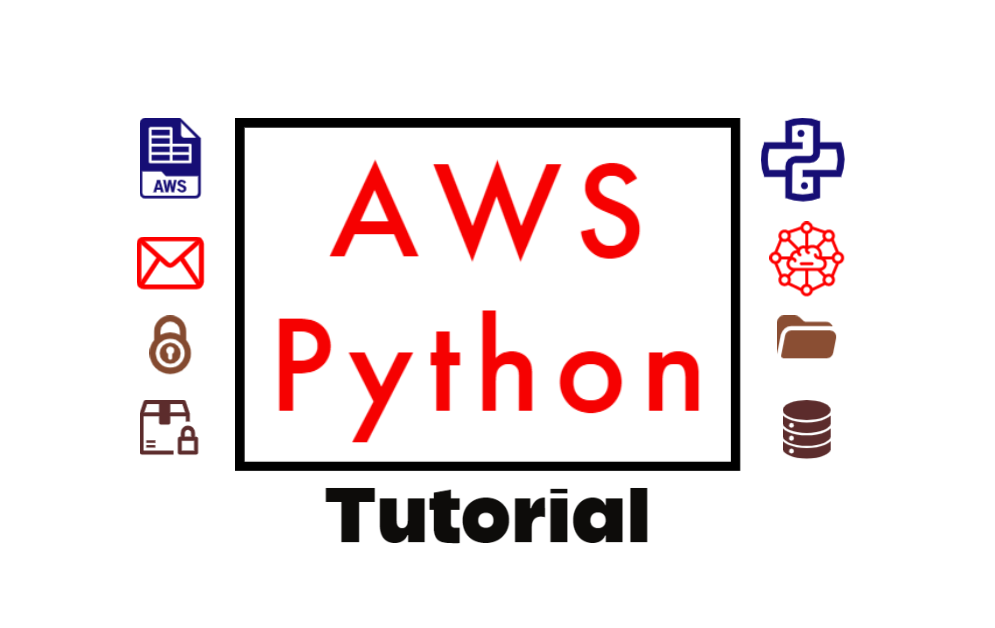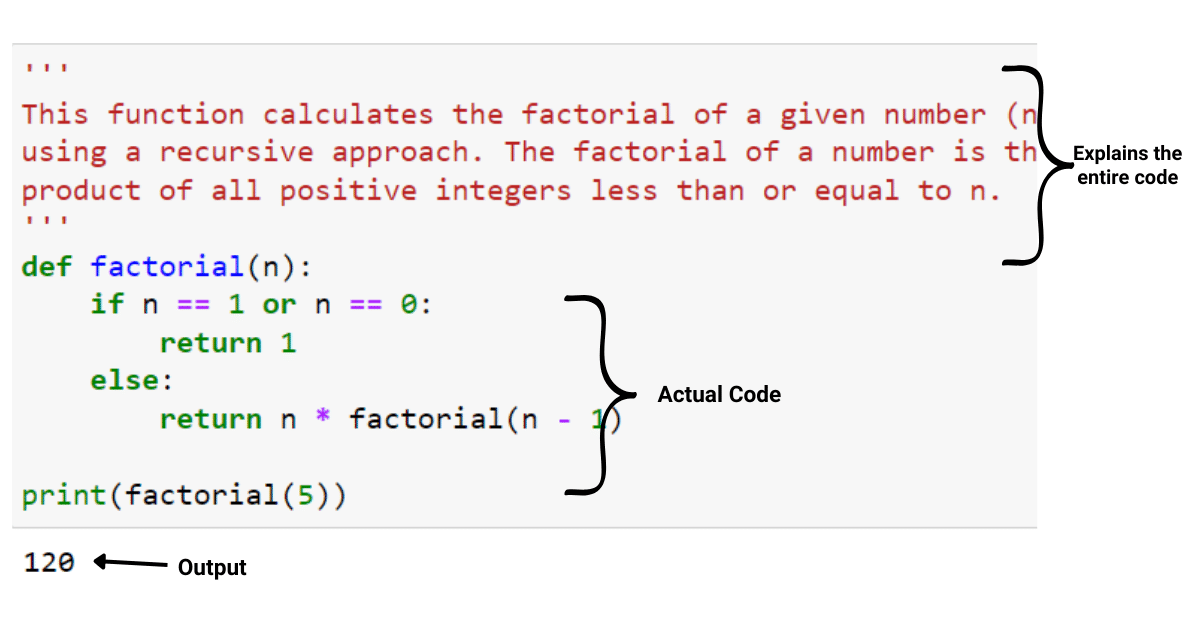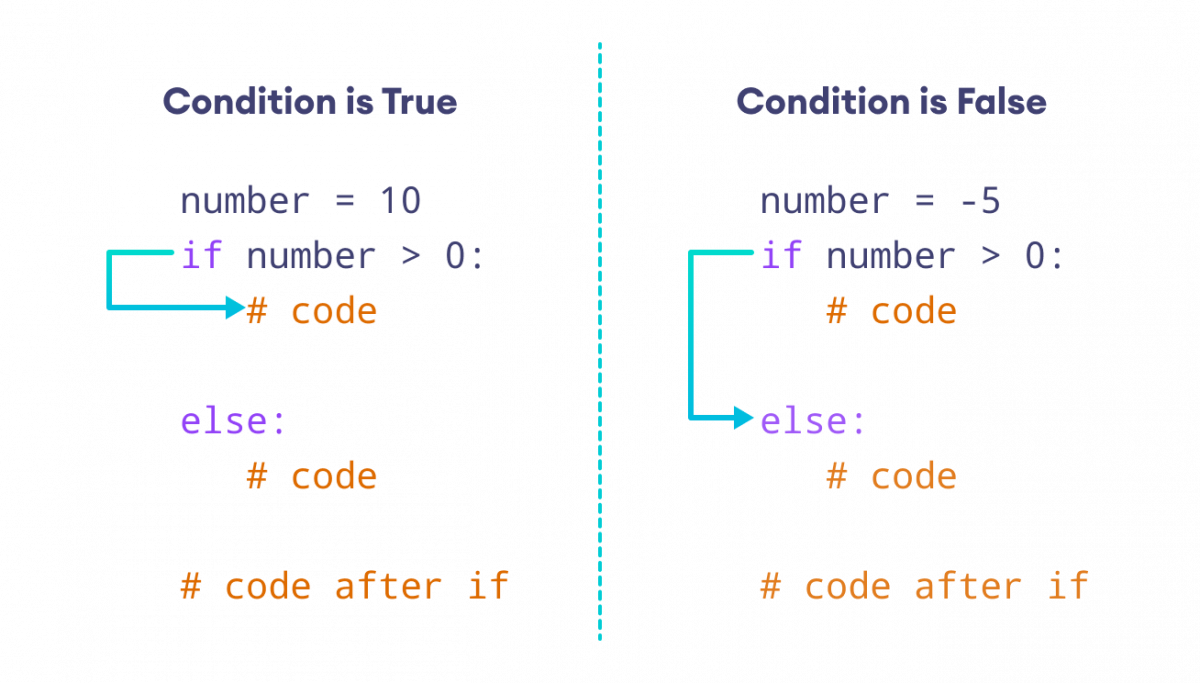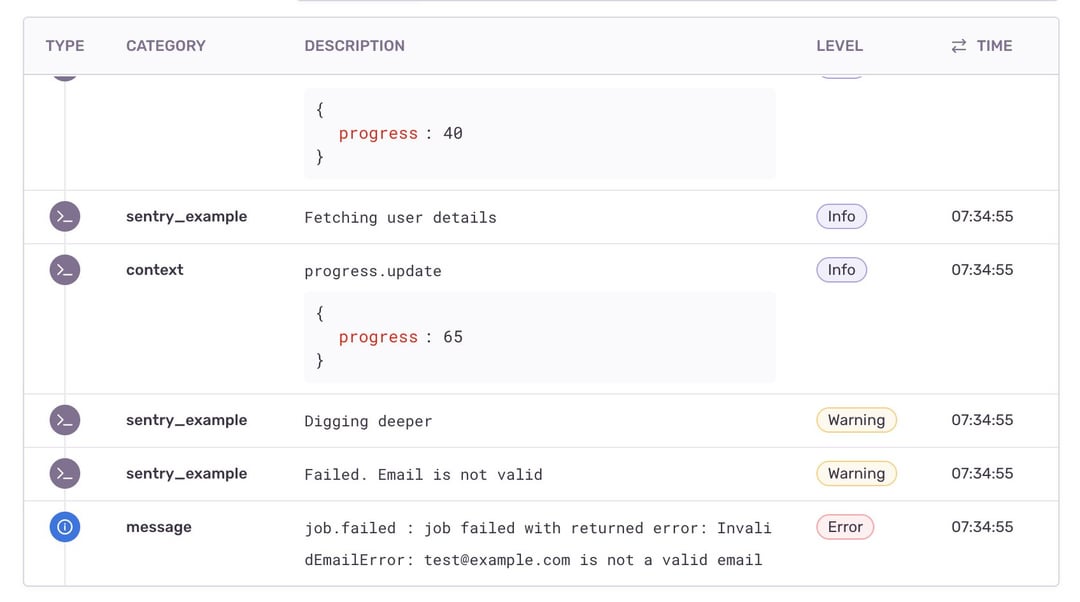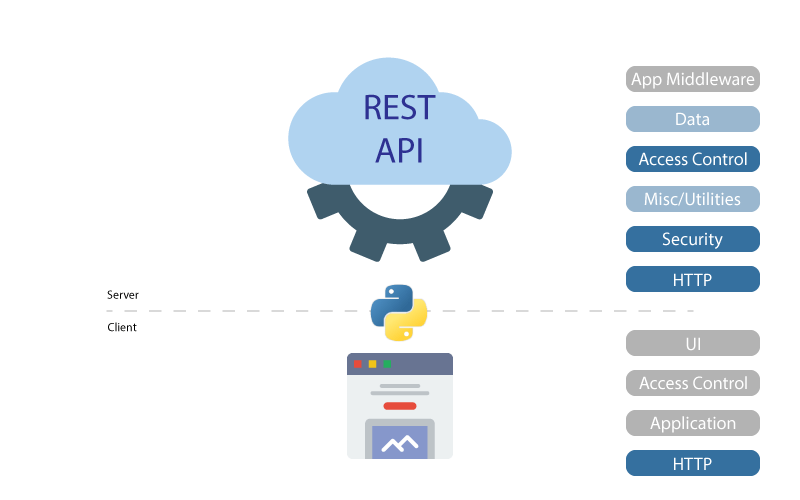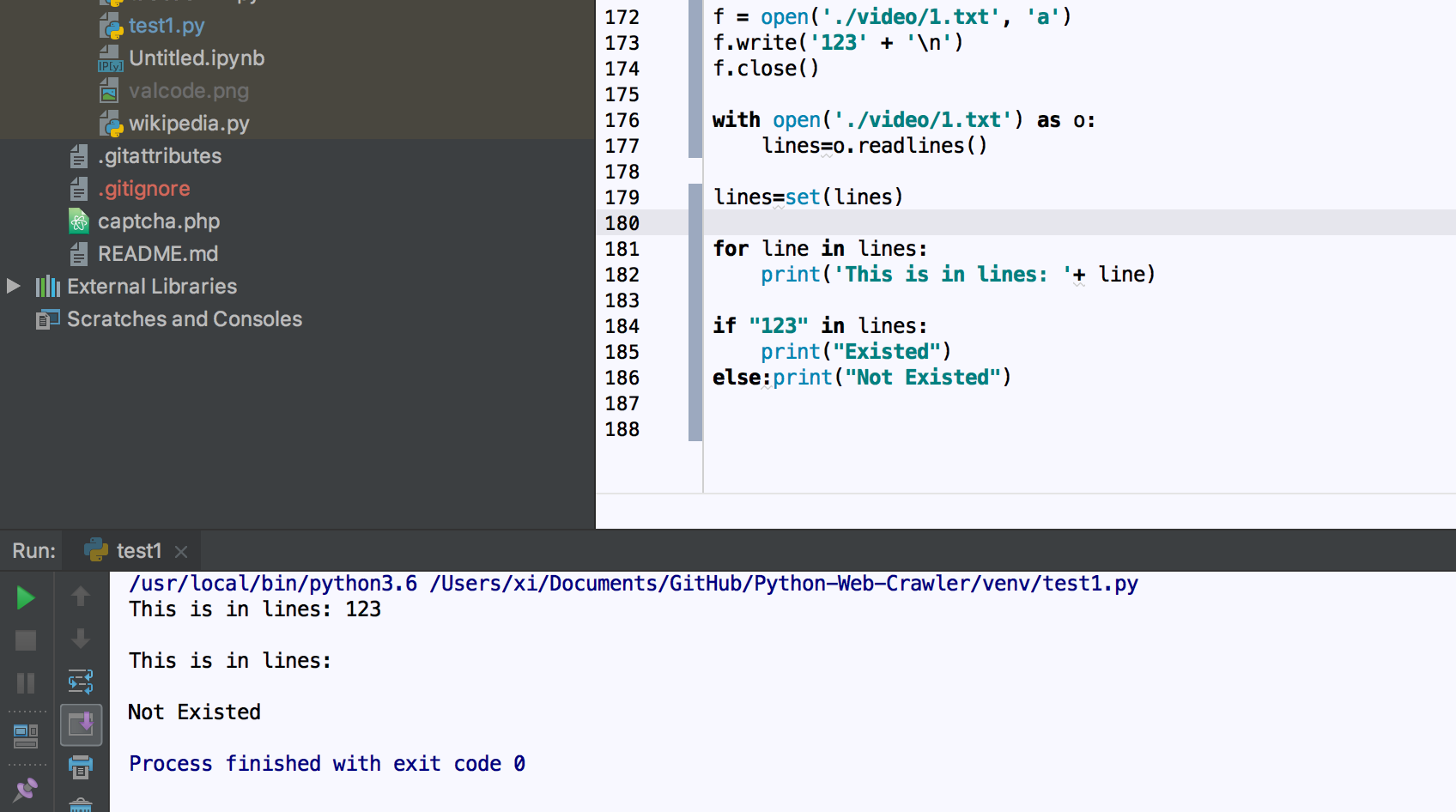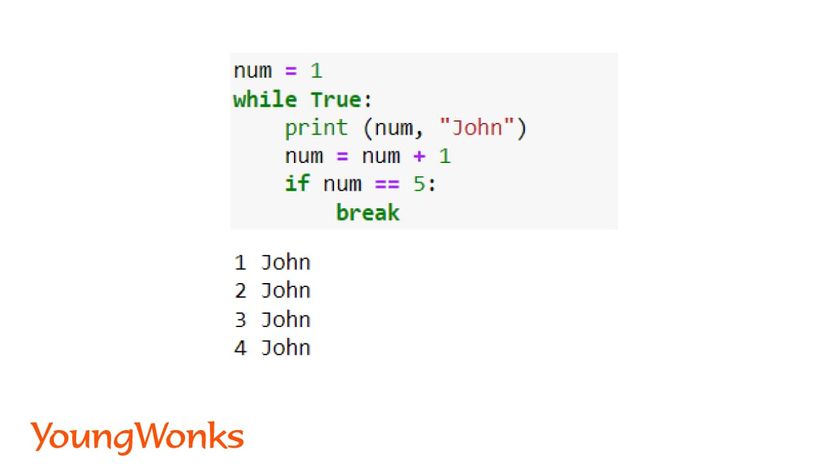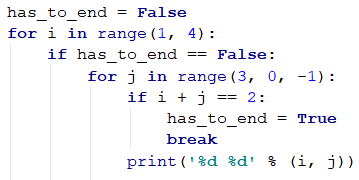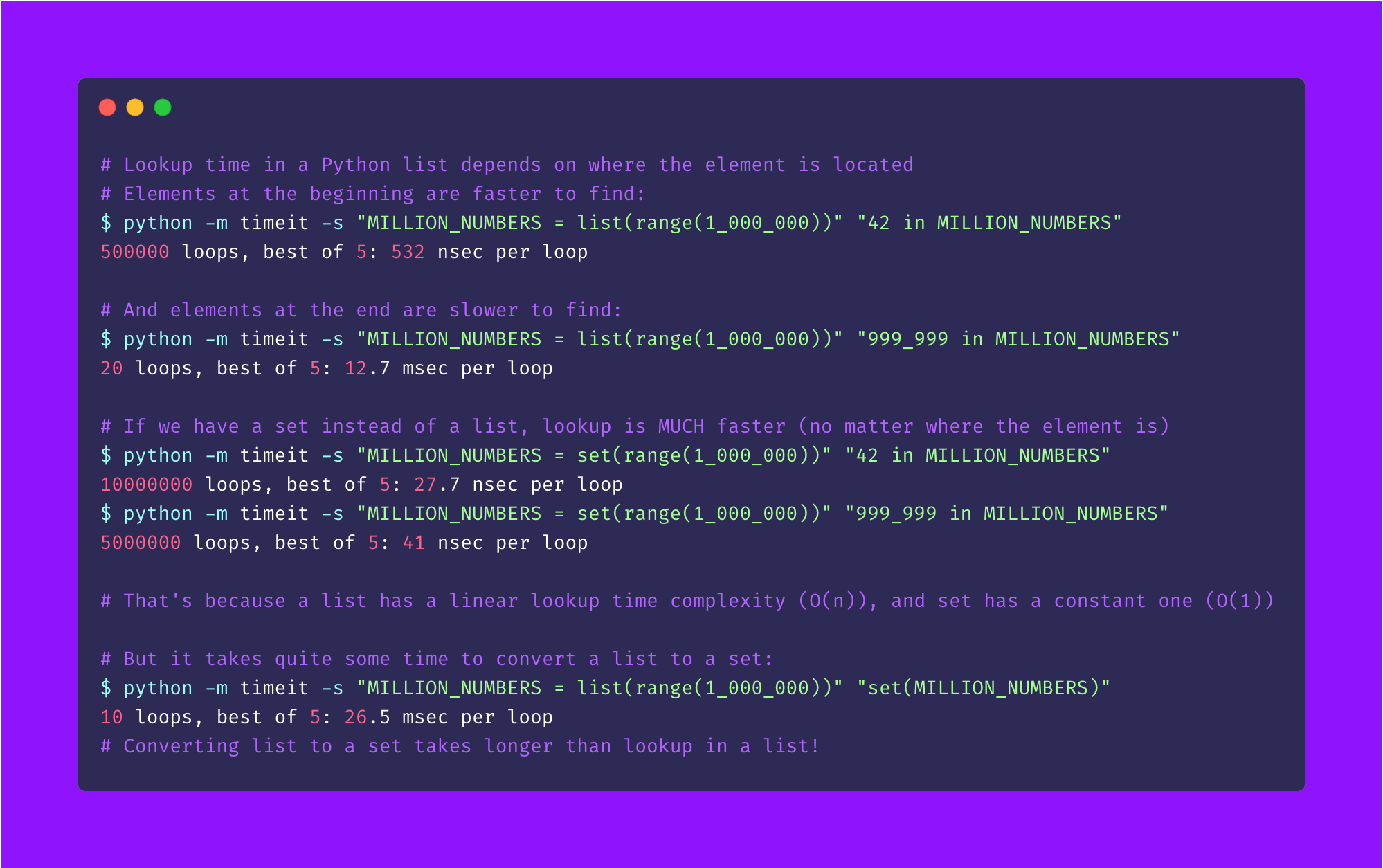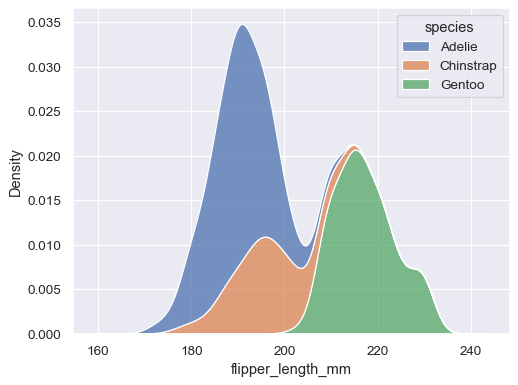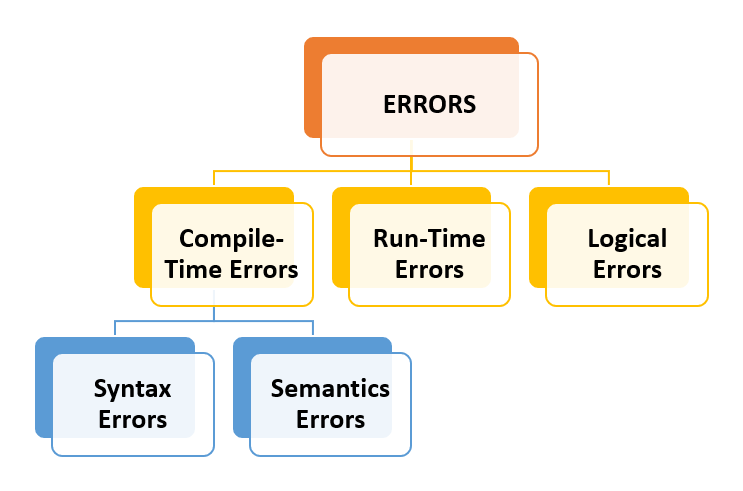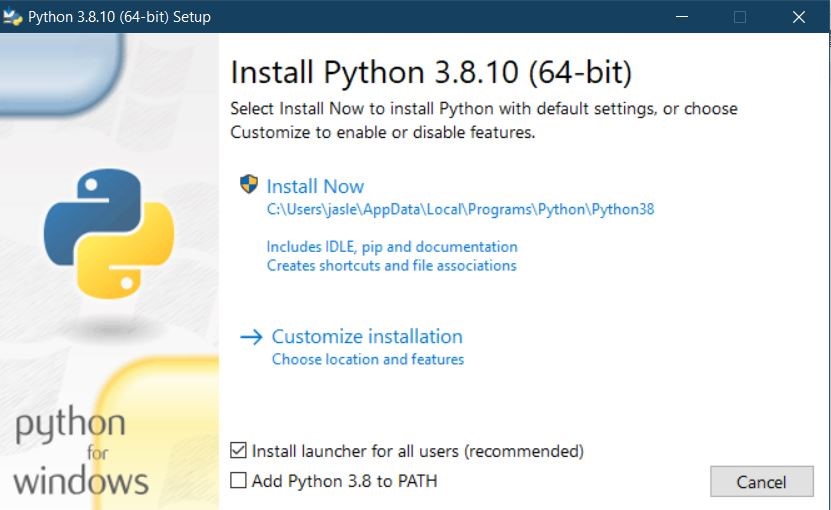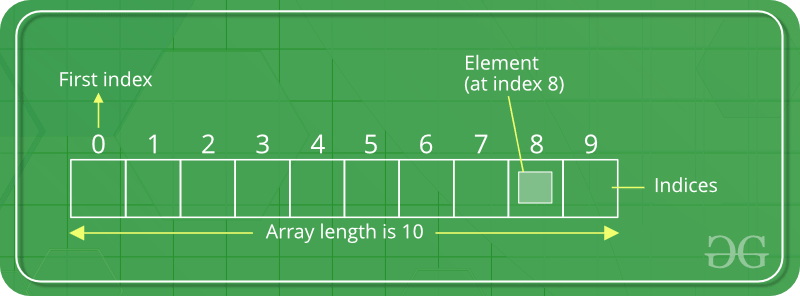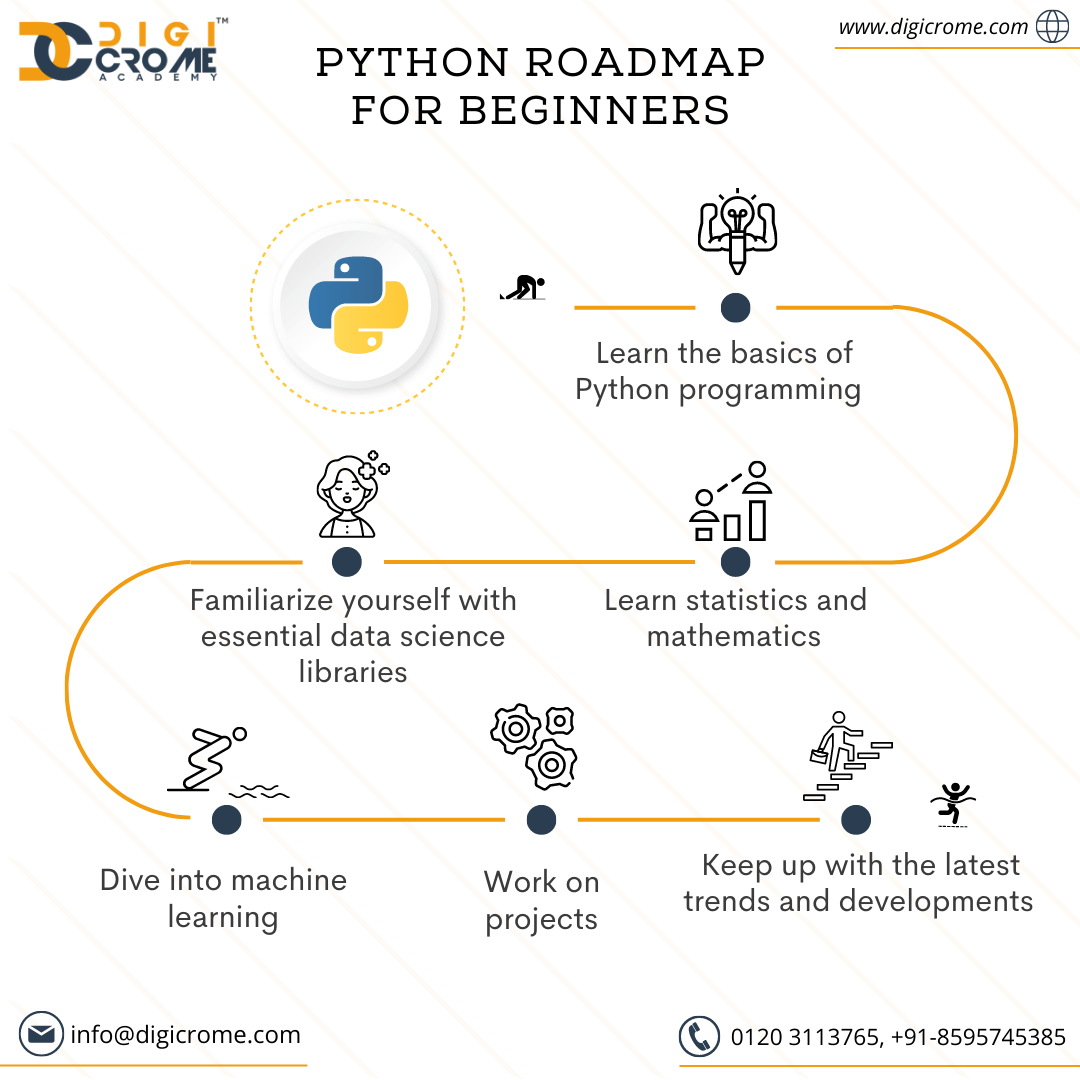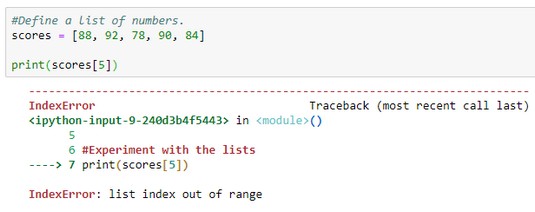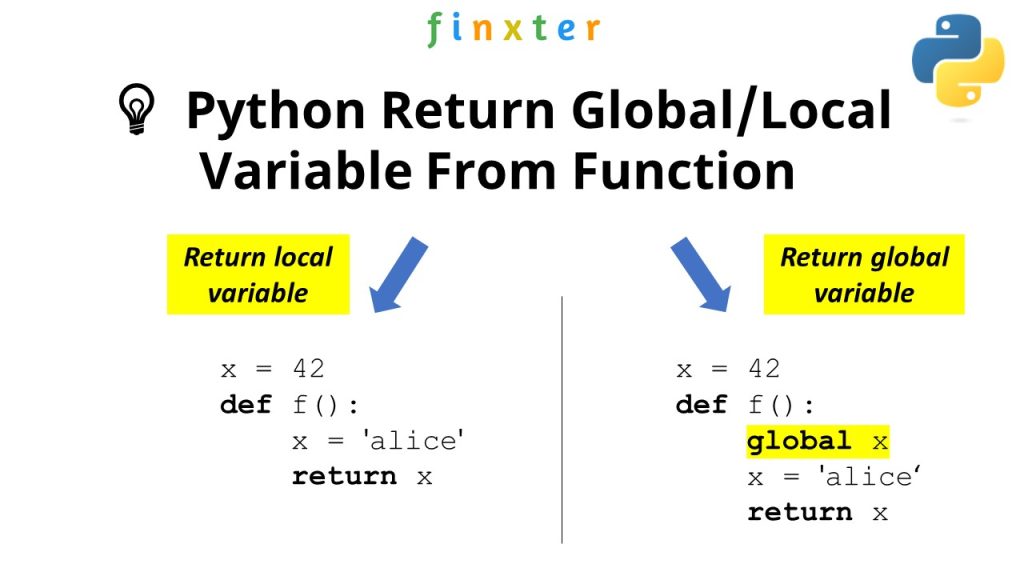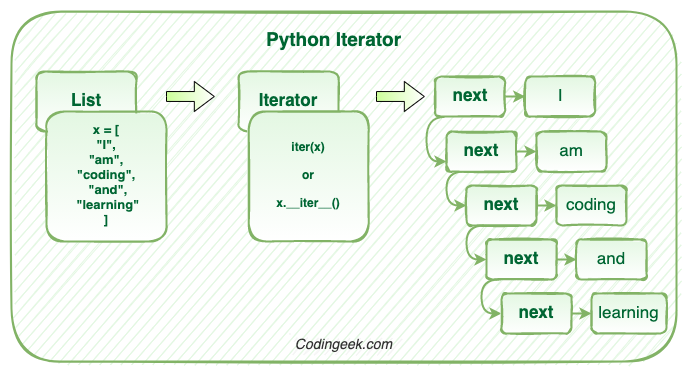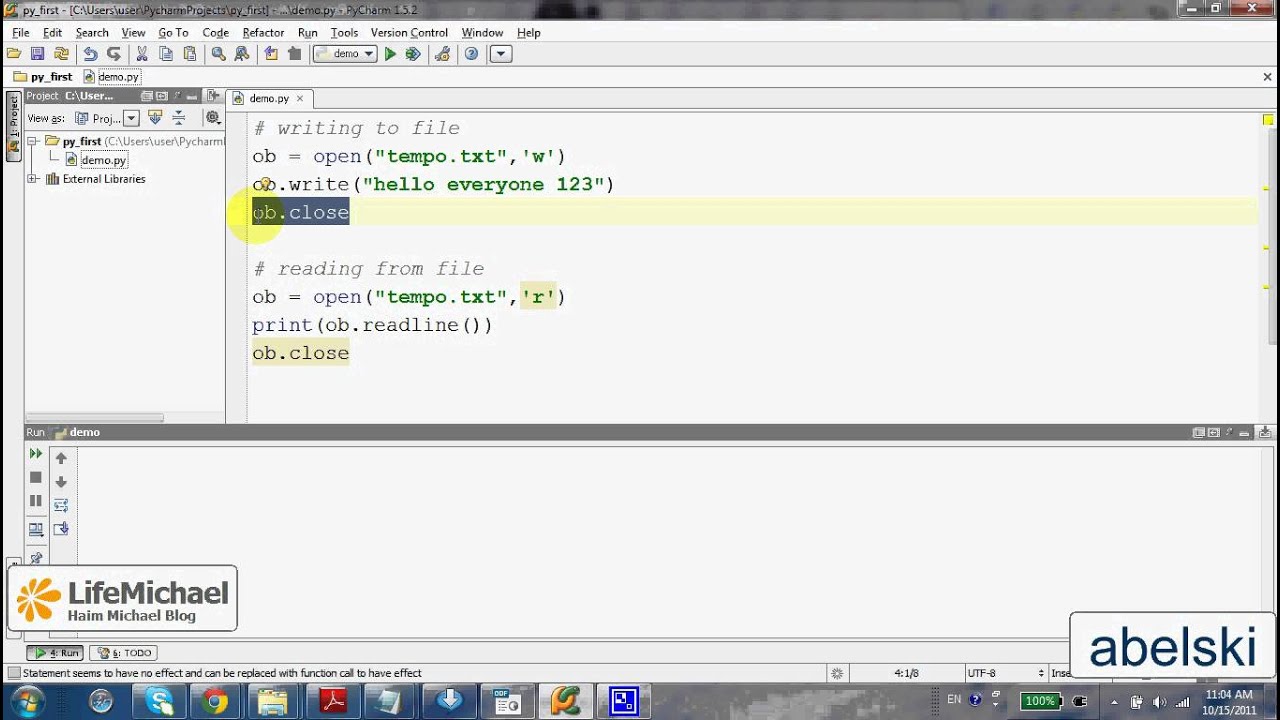What are nested decision structures in Python?
What are nested decision structures in Python?
I'd be happy to explain!
Nested decision structures are a crucial concept in programming languages like Python. In essence, they allow you to create complex logical conditions that involve multiple levels of testing and decision-making.
In Python, there are two primary types of nested decision structures: nested if-else statements and switch-case statements (Python doesn't have a built-in switch statement, but it does support dictionary lookups). Let's dive into each:
Nested If-Else Statements:Imagine you want to evaluate a set of conditions that involve multiple levels of testing. For example, suppose you're writing a program that asks users for their favorite color and food. Based on their responses, the program should display specific messages.
You could use nested if-else statements like this:
color = input("What is your favorite color? ")
food = input("What is your favorite food? ")
if color == "red":
if food == "pizza":
print("You're a pizza lover with a taste for adventure!")
elif food == "tacos":
print("Taco Tuesday vibes from you, huh?")
else:
print("I sense a passion for the red and something else...")
elif color == "blue":
... more conditions ...
else:
print("You're a mystery wrapped in an enigma!")
In this example, we have two levels of if-else statements. The outer condition checks the user's favorite color, while the inner condition checks their favorite food based on that color.
Dictionary Lookups (Switch-Like Behavior):Python doesn't have an explicit switch statement like other languages do. However, you can achieve similar behavior using dictionaries and conditional expressions. This approach is often referred to as a "switch-like" structure.
Here's an example:
def greet_by_language(language):
greetings = {
"english": lambda: print("Hello!"),
"spanish": lambda: print("Hola!"),
"french": lambda: print("Bonjour!")
}
if language in greetings:
greetingslanguage
else:
print("I don't speak that language...")
greet_by_language("english") # Output: Hello!
greet_by_language("spanish") # Output: Hola!
In this example, we define a dictionary called greetings that maps languages to lambda functions. When you call the greet_by_language function with a specific language as an argument, it checks if that language is present in the dictionary. If so, it invokes the corresponding lambda function.
Benefits of Nested Decision Structures:
Improved Code Readability: By breaking down complex conditions into smaller, more manageable chunks, your code becomes easier to understand and maintain. Increased Flexibility: Nested decision structures allow you to accommodate various scenarios and edge cases in a single piece of code. Efficient Error Handling: With proper error handling, nested decision structures can help catch and respond to unexpected conditions or errors.In summary, Python's nested decision structures enable you to create robust, adaptable, and readable code by combining multiple levels of testing and decision-making. Whether you're working with if-else statements or dictionary lookups, these structures will help you tackle complex logic scenarios with ease!
Nested decision structures in python geeksforgeeks
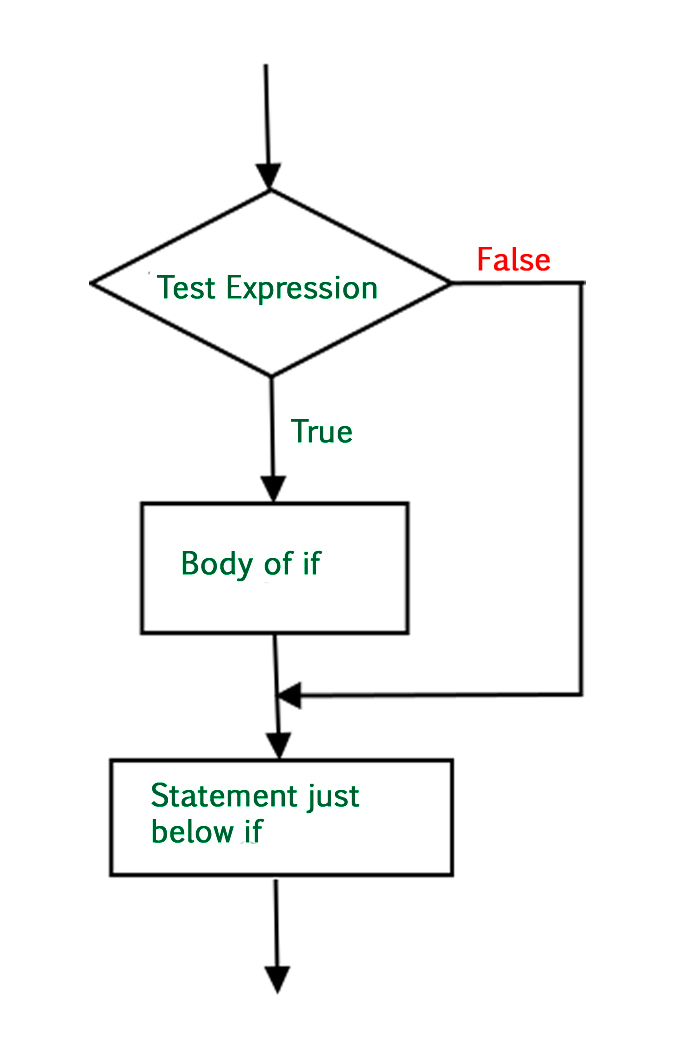
I'd be happy to explain nested decision structures in Python from GeeksforGeeks!
In programming, we often come across scenarios where we need to make multiple decisions based on certain conditions. This is where nested decision structures come into play. In this article, we'll dive deep into the world of conditional statements and learn how to use them effectively.
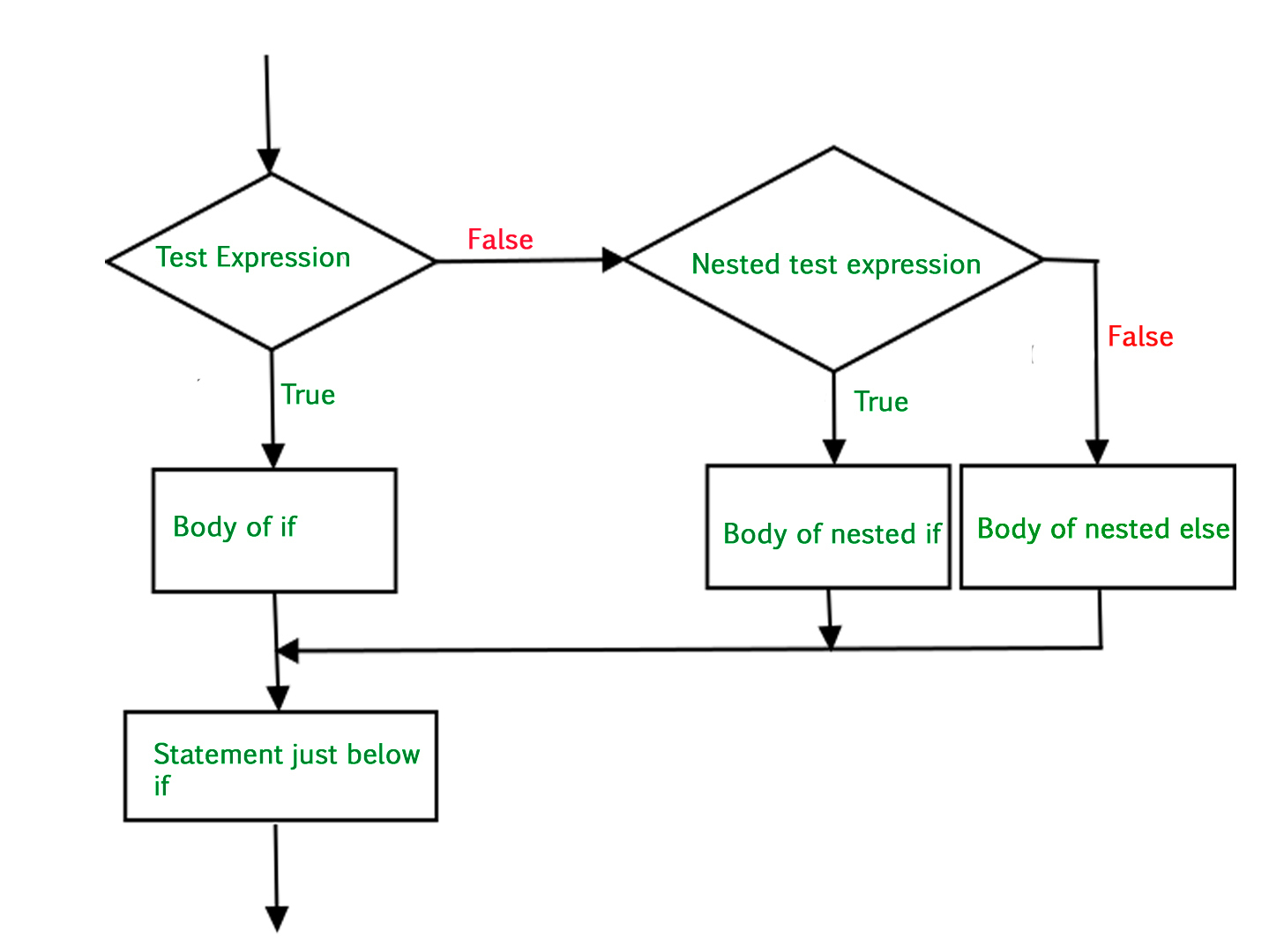
What are Conditional Statements?
Before we start, let's quickly define what conditional statements are. A conditional statement, also known as an if-else statement, is used in programming languages like Python to test whether a condition is true or false. If the condition is true, the code within the if block will be executed; otherwise, the code within the else block (if present) will run.
Now that we have a basic understanding of conditional statements, let's move on to nested decision structures!
What are Nested Decision Structures?
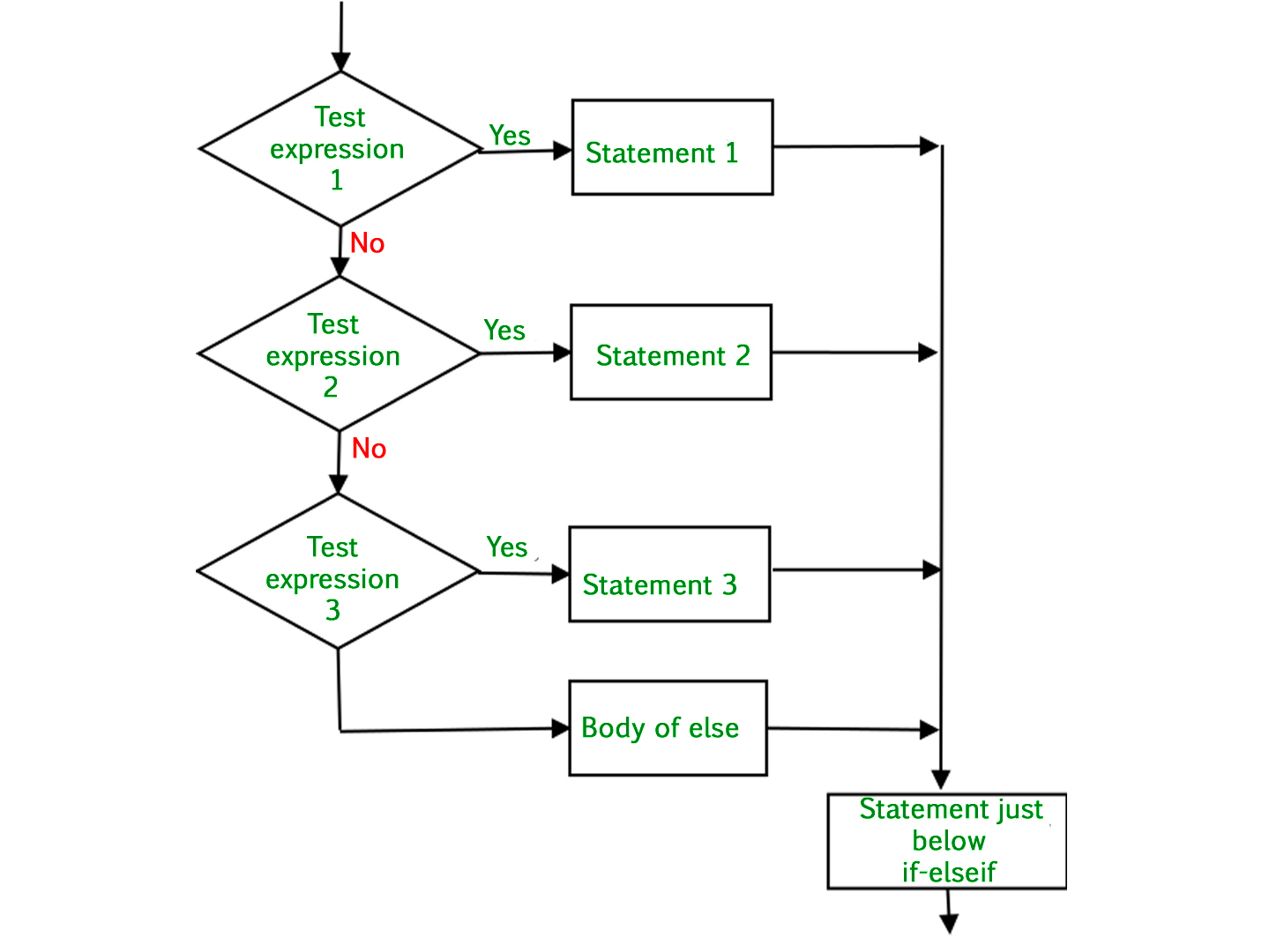
Nested decision structures refer to a combination of multiple if-else statements or loops. In other words, we're stacking conditions upon each other! This might sound overwhelming, but trust me, with some practice, you'll become a pro at writing these complex statements.
Here's an example to demonstrate what I mean:
x = 5
if x > 3:
if x % 2 == 0:
print("The number is even and greater than 3.")
else:
print("The number is odd and greater than 3.")
else:
print("The number is less than or equal to 3.")
In this example, we have two nested if conditions:
x > 3 is the outer condition. x % 2 == 0 is an inner condition that's only checked if the first condition (x > 3) evaluates to True.
The logic here is simple: if x is greater than 3, check if it's even; if it's not even (which means it's odd), print a specific message. If x is less than or equal to 3, print another message. That's the essence of nested decision structures!
Best Practices
When working with nested decision structures, keep these best practices in mind:
Keep it simple: Try to break down complex conditions into smaller, more manageable chunks. Use meaningful variable names: Make sure your variable names accurately reflect what they hold. Test thoroughly: Use print statements or debugging tools to ensure that your code is executing as expected.Conclusion
In this article, we explored the concept of nested decision structures in Python using conditional statements and loops. By mastering these complex constructs, you'll be able to write more sophisticated programs that handle various scenarios efficiently. Remember: with great power comes great responsibility – so use this newfound knowledge wisely!


